Home>Gardening & Outdoor>Landscaping Ideas>How To Cut Grass On A Steep Hill
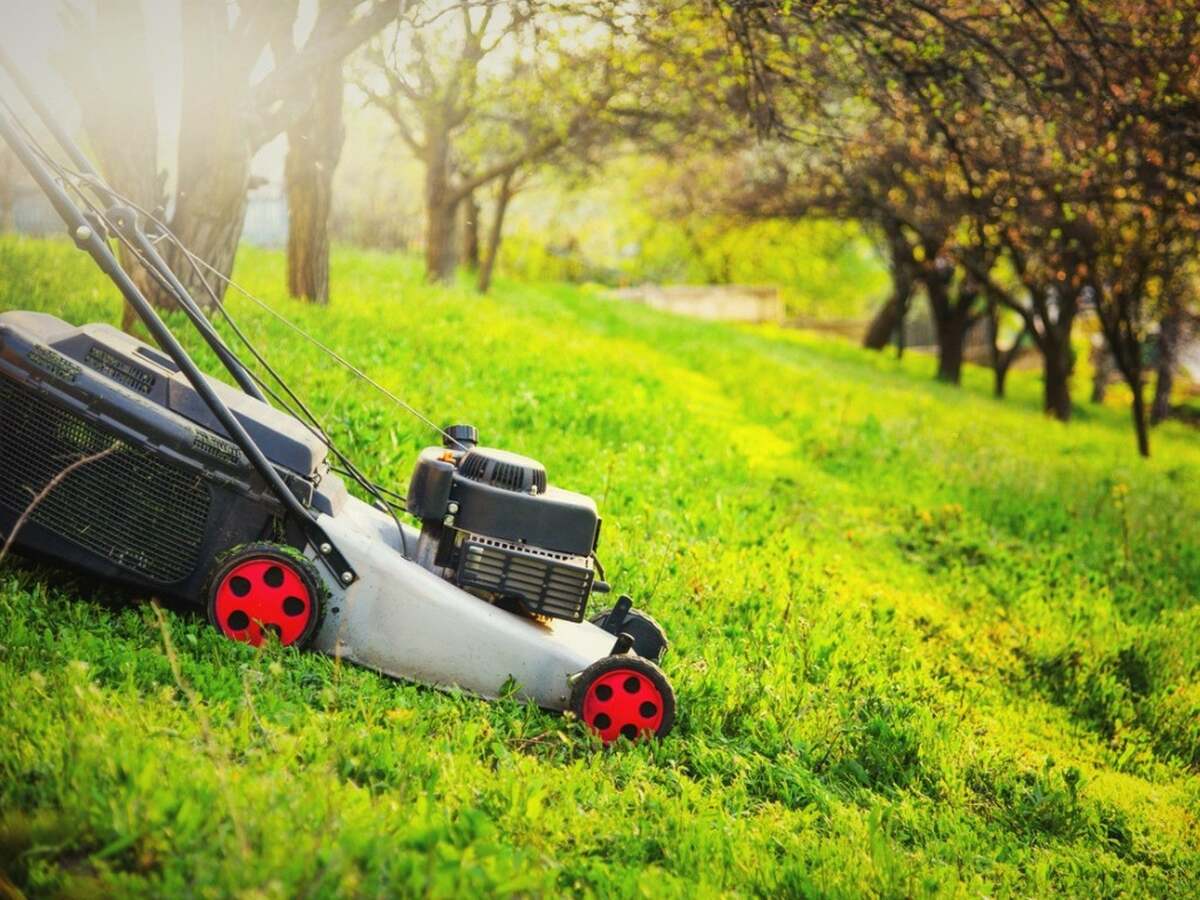

Landscaping Ideas
How To Cut Grass On A Steep Hill
Modified: January 27, 2024
Learn the best landscaping ideas for cutting grass on steep hills. Discover techniques and tools for maintaining a beautiful hillside lawn.
(Many of the links in this article redirect to a specific reviewed product. Your purchase of these products through affiliate links helps to generate commission for Storables.com, at no extra cost. Learn more)
Introduction
Maintaining a lush, well-manicured lawn can elevate the aesthetics of any property, but when it comes to tackling a steep hill, the task can become quite challenging. Cutting grass on a steep incline requires a strategic approach, specialized equipment, and a keen awareness of safety measures. In this comprehensive guide, we will delve into the intricacies of this demanding task, offering valuable insights and practical tips to ensure a successful and safe mowing experience.
Mowing a steep hill demands a unique set of considerations compared to flat terrain. Factors such as soil erosion, potential slippage, and the physical exertion required make this task particularly daunting. However, with the right knowledge and approach, it is possible to maintain a steep hill without compromising safety or the quality of the results.
Whether you are a seasoned landscaper or a homeowner looking to tackle this challenging terrain, this guide will equip you with the essential information and techniques to conquer the task with confidence. From assessing the hill's slope to selecting the appropriate equipment and implementing effective cutting techniques, we will cover every aspect of this demanding endeavor. Additionally, we will highlight crucial safety precautions and provide guidance on maintaining the hill to preserve its health and appearance.
Embark on this insightful journey as we unravel the art and science of cutting grass on a steep hill, empowering you to transform this formidable task into a rewarding and manageable undertaking. Let's delve into the intricacies of hillside mowing, ensuring that your outdoor space remains a picturesque and inviting haven for all to enjoy.
Key Takeaways:
- Mowing a steep hill requires assessing the slope, choosing the right equipment, prioritizing safety, and using strategic cutting techniques to ensure a well-maintained and safe lawn.
- Maintaining a steep hill involves proactive measures such as erosion control, soil aeration, weed management, and regular inspections to sustain the hill’s health and visual appeal.
Read more: How To Set Up Play Area On A Steep Hill
Assessing the Hill
Before embarking on the task of cutting grass on a steep hill, a thorough assessment of the terrain is essential. Understanding the slope, soil composition, and any potential obstacles will inform your approach and contribute to a safer and more effective mowing experience.
Begin by evaluating the angle of the hill. Use a simple inclinometer or a smartphone app to measure the degree of incline. A slope of more than 15 degrees is considered steep and requires specific techniques and equipment for mowing. Additionally, assess the overall condition of the hill, taking note of any uneven areas, divots, or rocks that could pose challenges during mowing.
Next, consider the soil composition. Soil that is loose or prone to erosion can present difficulties when mowing. It is important to address any erosion issues before proceeding with the mowing process. Additionally, be mindful of any wet or slippery patches, as these can compromise traction and pose safety hazards.
Identifying any potential obstacles such as rocks, tree roots, or debris is crucial. Clearing the area of obstacles before mowing will prevent damage to equipment and ensure a smoother mowing process. Moreover, inspect the hill for any drainage issues that could lead to water pooling or soil erosion, as addressing these concerns will contribute to the overall health of the hill.
By thoroughly assessing the hill, you will gain valuable insights that will guide equipment selection and mowing techniques. This proactive approach sets the foundation for a safe, efficient, and successful grass-cutting endeavor on challenging terrain.
Choosing the Right Equipment
When it comes to mowing grass on a steep hill, selecting the appropriate equipment is paramount. The right tools not only ensure a well-executed mowing job but also contribute to the safety of the operator and the longevity of the equipment.
One of the most crucial pieces of equipment for hillside mowing is the mower itself. For steep inclines, a self-propelled walk-behind mower or a string trimmer with a brush-cutting blade is recommended. These machines offer greater maneuverability and control on uneven terrain, allowing for precise cutting without compromising safety. Additionally, consider mowers with wide treads or low centers of gravity to enhance stability on slopes.
Furthermore, investing in personal protective equipment (PPE) is essential. Sturdy, non-slip footwear, eye protection, and hearing protection are indispensable when operating mowing equipment on steep terrain. Additionally, gloves with a good grip will enhance control and reduce the risk of slippage while handling the equipment.
Another consideration is the use of safety harnesses or straps when operating mowing equipment on steep hills. These harnesses provide an added layer of security, especially when using walk-behind mowers or trimmers. In the event of a slip or loss of control, the harness can prevent the equipment from sliding downhill, minimizing the risk of injury and equipment damage.
Regular maintenance of mowing equipment is equally important. Ensure that blades are sharp, and all safety features, such as engine cut-off switches, are in proper working condition. Additionally, inspect the equipment for any loose or damaged components before each use, as this can prevent accidents and equipment malfunctions during operation.
By selecting the right equipment and prioritizing safety, you can approach the task of mowing a steep hill with confidence and peace of mind, knowing that you are well-equipped to handle the challenges of this demanding terrain.
Safety Precautions
When mowing grass on a steep hill, prioritizing safety is paramount to prevent accidents and ensure a smooth and secure mowing experience. Implementing a comprehensive set of safety precautions will safeguard both the operator and the equipment, allowing for a more efficient and stress-free mowing process.
First and foremost, familiarize yourself with the equipment and its safety features. Read the operator’s manual thoroughly and understand the functions of all safety mechanisms, including engine cut-off switches and blade engagement controls. Additionally, ensure that the equipment is in optimal working condition before each use, addressing any maintenance or repair needs promptly.
Before initiating the mowing process, survey the hill for any potential hazards such as rocks, tree roots, or uneven terrain. Clear the area of debris and obstacles to minimize the risk of equipment damage and ensure safe maneuverability during mowing.
Wearing appropriate personal protective equipment (PPE) is non-negotiable. Sturdy, slip-resistant footwear with good ankle support will enhance stability on the incline, reducing the risk of slips and falls. Eye protection is essential to shield against debris, and hearing protection should be worn, especially when using gas-powered equipment for extended periods.
When operating mowing equipment on a steep hill, maintain a firm footing and a stable stance. Keep a low center of gravity and avoid sudden movements that could destabilize your position. Additionally, maintain a secure grip on the equipment, ensuring that it remains under control throughout the mowing process.
Be mindful of your surroundings and potential hazards, such as wet or slippery patches, and adjust your mowing speed and technique accordingly. Avoid abrupt changes in direction or speed, as these can compromise stability and traction on the hill. If using a walk-behind mower, mow across the slope rather than up and down to minimize the risk of loss of control.
Lastly, stay attuned to your physical limitations and the environmental conditions. If you feel fatigued or if weather conditions deteriorate, such as the onset of rain, cease mowing and resume the task under safer circumstances. Prioritizing safety at every stage of the mowing process will ensure a secure and successful outcome, allowing you to maintain your hillside with confidence and peace of mind.
When cutting grass on a steep hill, it’s important to use a push mower instead of a riding mower for better control. Start at the bottom and mow across the slope, not up and down, to prevent slipping.
Cutting Techniques
Implementing the right cutting techniques is essential for achieving a well-groomed and healthy lawn on a steep hill while minimizing the risk of accidents and soil erosion. By employing strategic approaches and adapting to the unique challenges of hillside mowing, you can ensure an effective and visually appealing outcome.
One of the fundamental techniques for mowing a steep hill is to mow across the slope rather than up and down. This method reduces the risk of loss of control and minimizes soil disturbance, contributing to the overall health of the hill. Additionally, mowing across the slope provides better traction and stability, enhancing safety during the mowing process.
When using a walk-behind mower or a string trimmer with a brush-cutting blade, maintain a steady pace and avoid sudden changes in direction or speed. Gradual, deliberate movements allow for precise cutting and minimize the risk of slippage or loss of control. It is essential to remain attentive and responsive to the terrain, adjusting your mowing technique to accommodate any uneven areas or obstacles.
For areas with dense vegetation or challenging terrain, consider using a string trimmer with a brush-cutting blade to tackle overgrown grass and weeds. This versatile tool allows for precise cutting in hard-to-reach areas and offers greater maneuverability on steep inclines.
Furthermore, consider leaving the grass slightly longer than usual when mowing on a steep hill. Taller grass provides better soil coverage, reducing the risk of erosion and promoting healthier growth. Additionally, longer grass blades offer better traction and stability on the hill, contributing to a safer mowing experience.
After completing the mowing process, inspect the hill for any loose debris or clippings that could contribute to soil erosion. Clearing the area of cut grass and debris will help maintain the integrity of the hill and prevent potential hazards during subsequent mowing sessions.
By implementing these cutting techniques and adapting to the demands of hillside mowing, you can achieve a well-maintained and visually appealing lawn while prioritizing safety and the overall health of the terrain. With a strategic approach and a keen understanding of the terrain, you can confidently navigate the challenges of mowing grass on a steep hill, ensuring a successful and rewarding outcome.
Read more: How To Cut Grass On A Hill
Maintaining the Hill
Preserving the health and aesthetics of a steep hill requires ongoing maintenance and proactive measures to address potential challenges such as erosion, soil compaction, and weed growth. By implementing a comprehensive maintenance regimen, you can sustain the vitality of the hill while preserving its visual appeal.
One of the key aspects of maintaining a hill is addressing soil erosion. Erosion control measures, such as planting erosion-resistant ground cover or installing retaining walls, can mitigate the impact of water runoff and maintain the integrity of the hillside. Additionally, strategic landscaping techniques, including terracing or contour planting, can help stabilize the soil and reduce erosion on steep inclines.
Regular aeration of the soil is crucial for mitigating compaction and promoting healthy root growth. Aeration allows for better water and nutrient absorption, contributing to the overall health of the grass on the hill. Consider using a core aerator or aeration sandals to alleviate soil compaction and facilitate optimal growth.
Implementing a consistent fertilization and watering schedule is essential for nurturing the grass on the hill. Selecting fertilizers tailored to the specific needs of the grass species and the hill’s soil composition will promote vigorous growth and resilience. Additionally, a well-calibrated irrigation system or targeted watering practices will ensure that the grass receives adequate moisture without contributing to soil erosion.
Regular weed control is imperative for maintaining the pristine appearance of the hill. Implementing targeted weed management strategies, such as manual removal or the application of herbicides, will prevent invasive plants from encroaching on the grass and compromising its health. Additionally, promoting dense, healthy grass growth through proper maintenance practices will naturally suppress weed proliferation.
Monitoring the health of the grass and addressing any signs of disease or pest infestation promptly is crucial for maintaining the hill’s vitality. Regular inspections for signs of stress, discoloration, or pest activity will allow for early intervention, preventing potential damage to the grass and preserving the overall health of the hill.
By integrating these proactive maintenance measures into your landscaping routine, you can ensure that the hill remains a vibrant and visually appealing feature of your outdoor space. With a dedicated focus on erosion control, soil health, weed management, and overall vitality, you can sustain the beauty and resilience of the hill, creating an enduring focal point within your landscape.
Conclusion
Mowing grass on a steep hill presents a unique set of challenges that demand careful consideration, specialized techniques, and a commitment to safety and maintenance. By embarking on this insightful journey, you have gained valuable insights into the art and science of hillside mowing, equipping yourself with the knowledge and strategies to conquer this formidable task with confidence and proficiency.
From the initial assessment of the hill’s slope and soil composition to the selection of the right equipment and the implementation of effective cutting techniques, you have acquired a comprehensive understanding of the intricacies involved in maintaining a steep hill. Furthermore, by prioritizing safety precautions and embracing proactive maintenance measures, you are well-prepared to navigate the challenges of hillside mowing with diligence and expertise.
As you apply these principles and techniques to your own landscaping endeavors, remember the importance of adapting to the unique demands of the terrain and remaining attuned to the health and vitality of the hill. By integrating strategic cutting techniques, proactive maintenance practices, and a steadfast commitment to safety, you can transform the task of mowing a steep hill into a rewarding and manageable undertaking.
Embrace the opportunity to cultivate a lush and inviting outdoor space, where the beauty of a well-maintained hillside enhances the overall aesthetics of your landscape. With your newfound knowledge and a conscientious approach to hillside mowing, you are poised to create a picturesque and enduring outdoor haven that captivates the senses and invites moments of tranquility and natural splendor.
As you embark on this journey, may your endeavors yield a landscape that reflects your dedication to excellence and your harmonious coexistence with nature. The art and science of cutting grass on a steep hill are now within your grasp, empowering you to create a captivating outdoor sanctuary that exudes beauty, vitality, and enduring allure.
Frequently Asked Questions about How To Cut Grass On A Steep Hill
Was this page helpful?
At Storables.com, we guarantee accurate and reliable information. Our content, validated by Expert Board Contributors, is crafted following stringent Editorial Policies. We're committed to providing you with well-researched, expert-backed insights for all your informational needs.
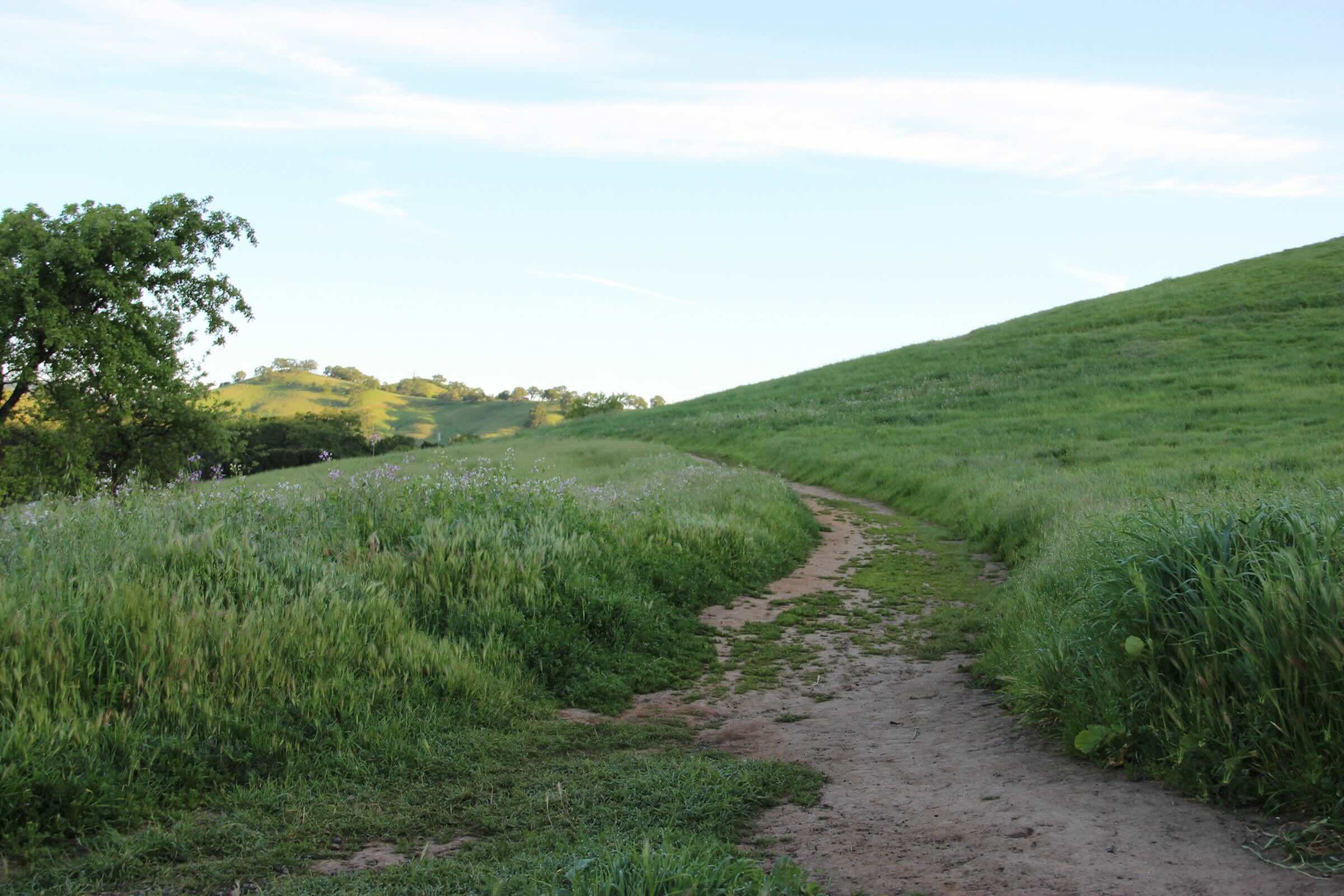
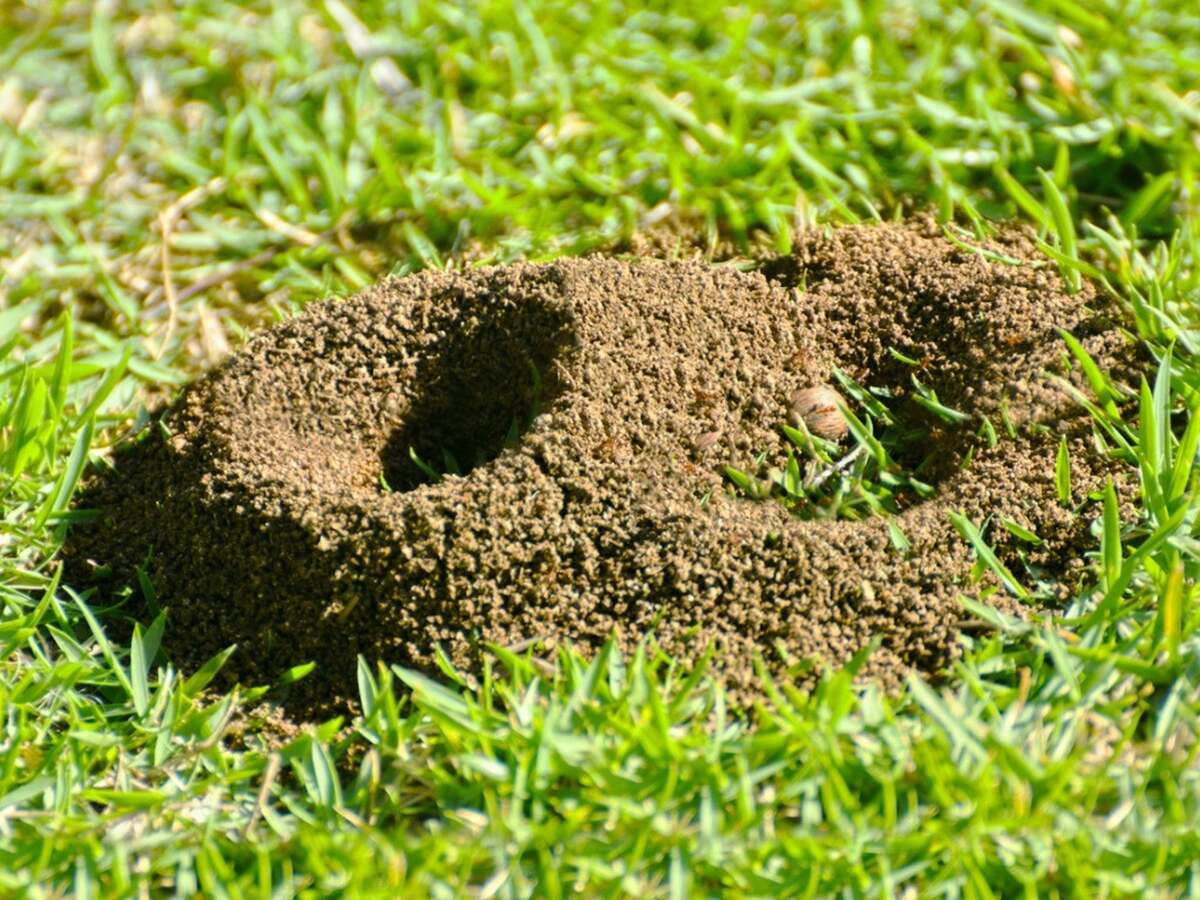

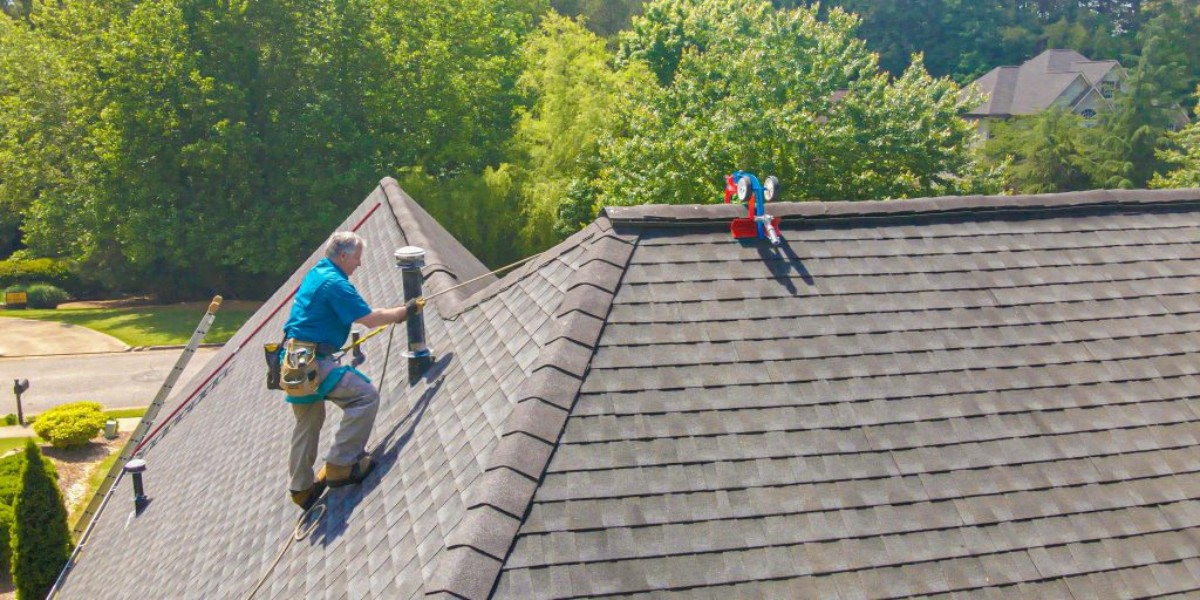
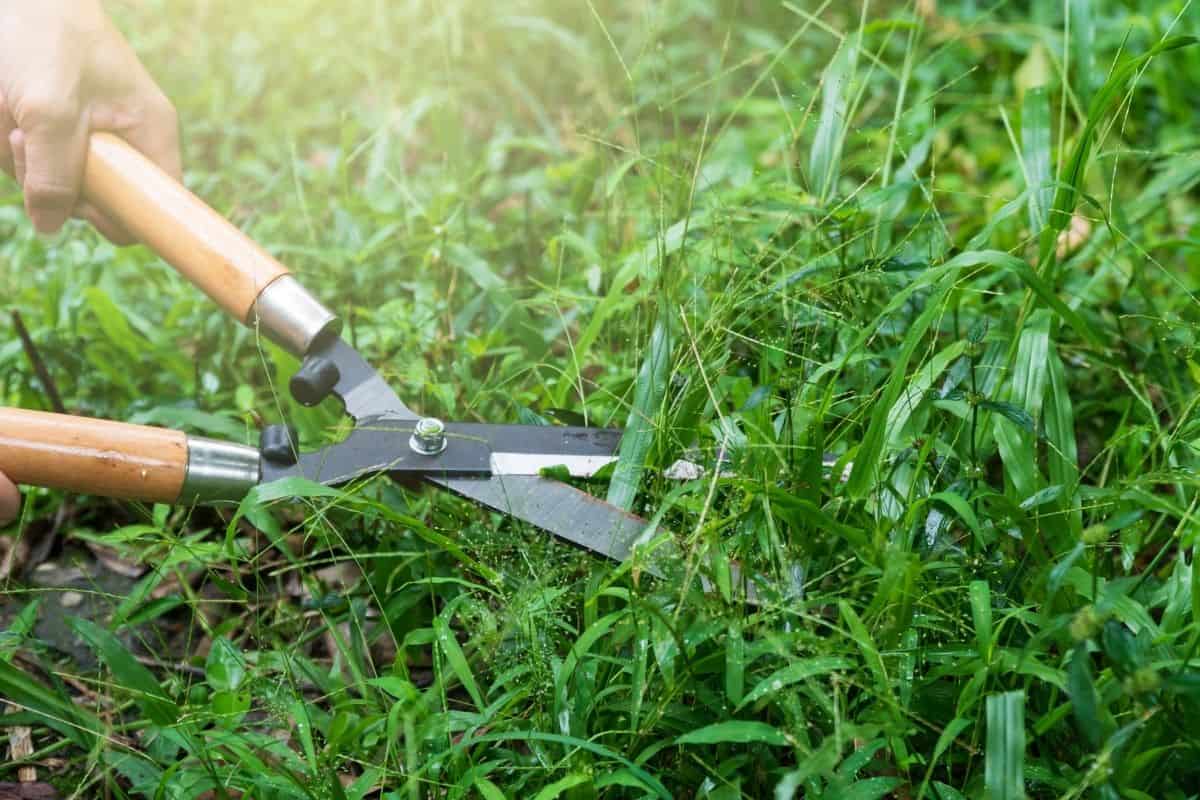

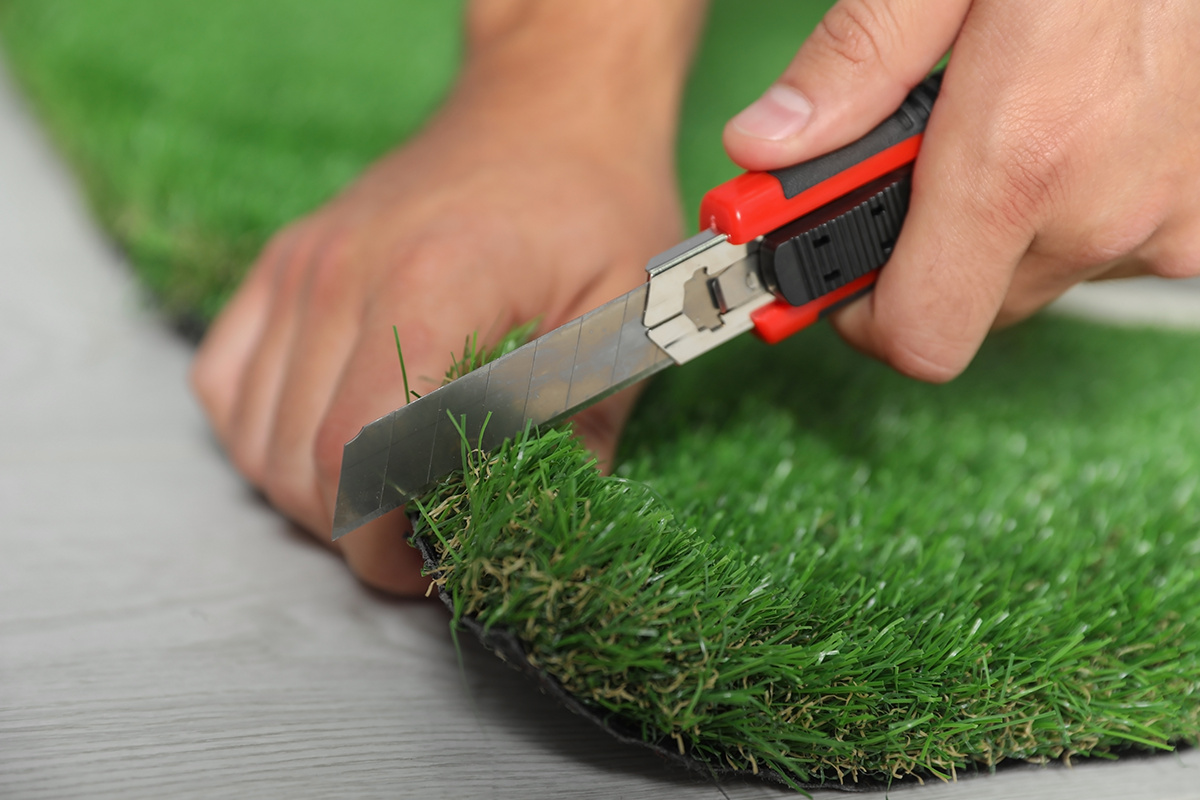
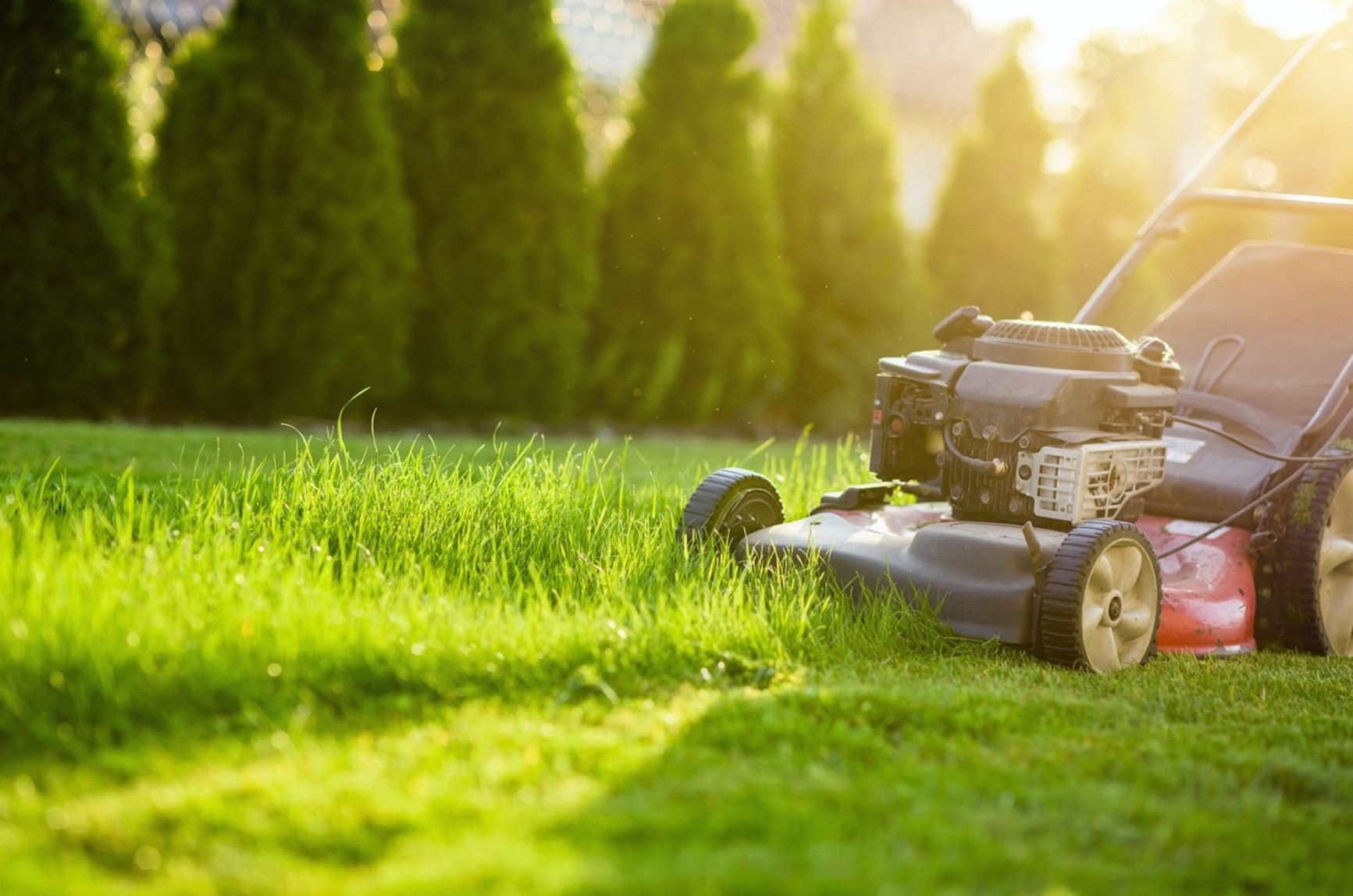

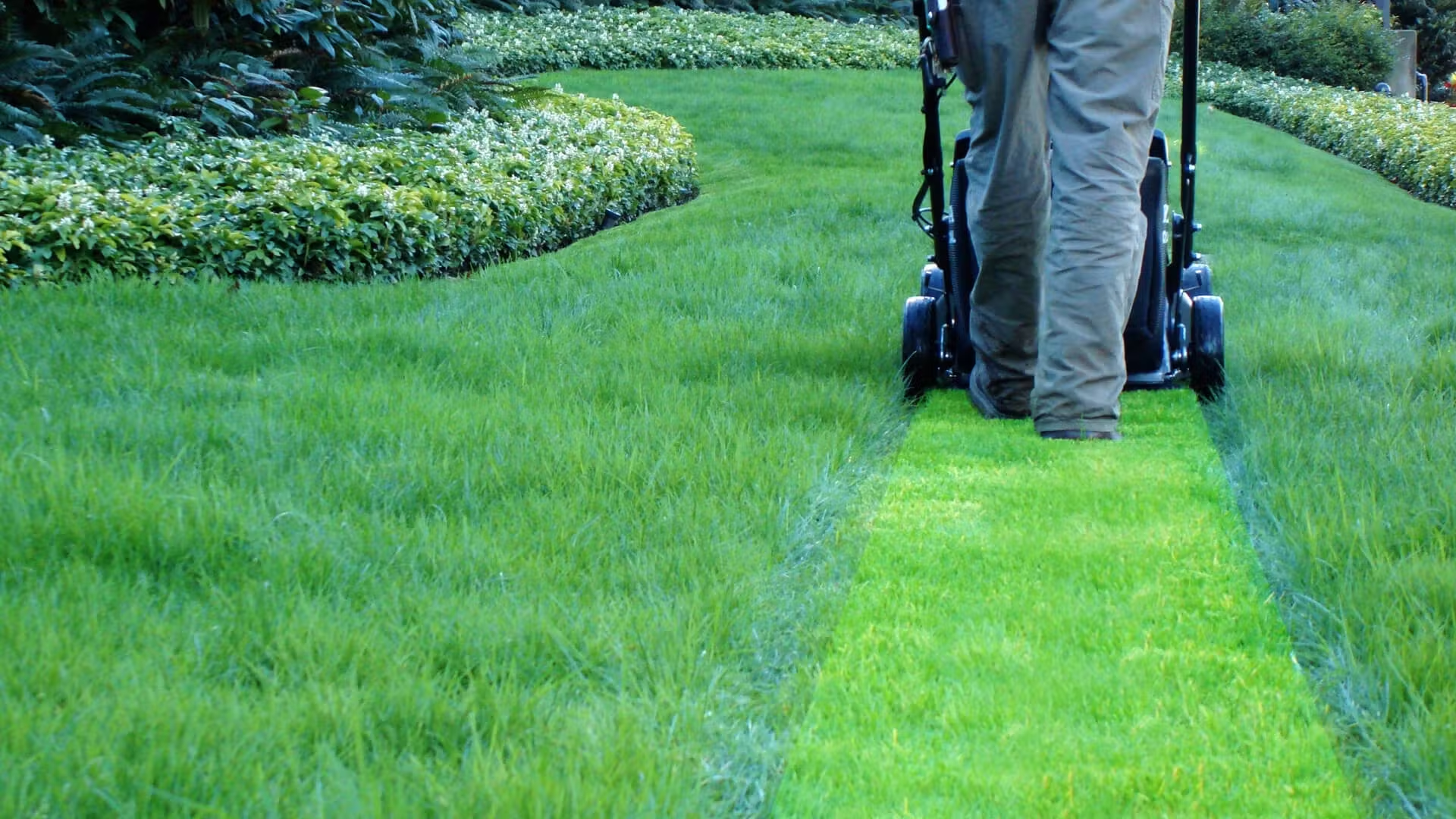
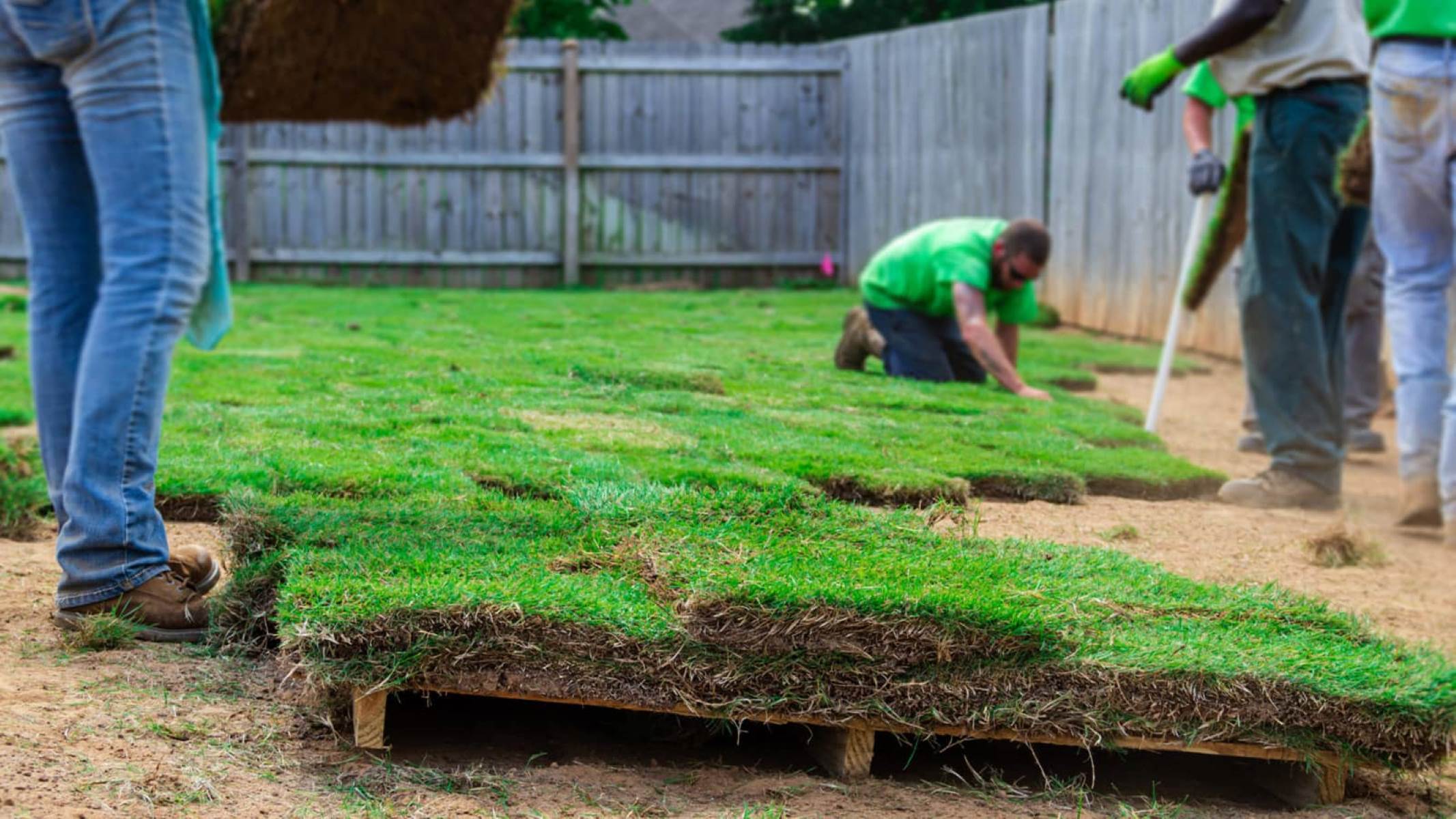
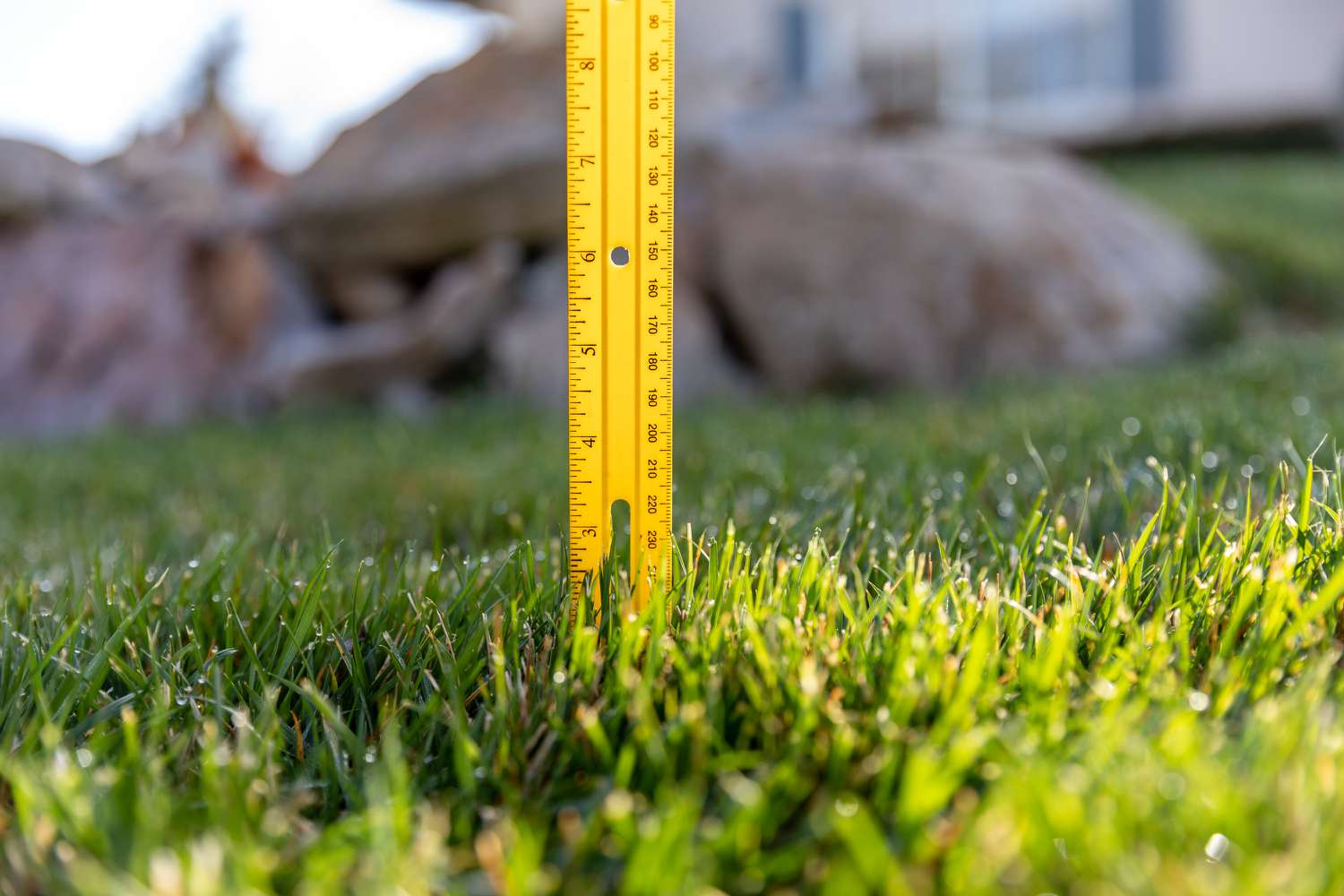
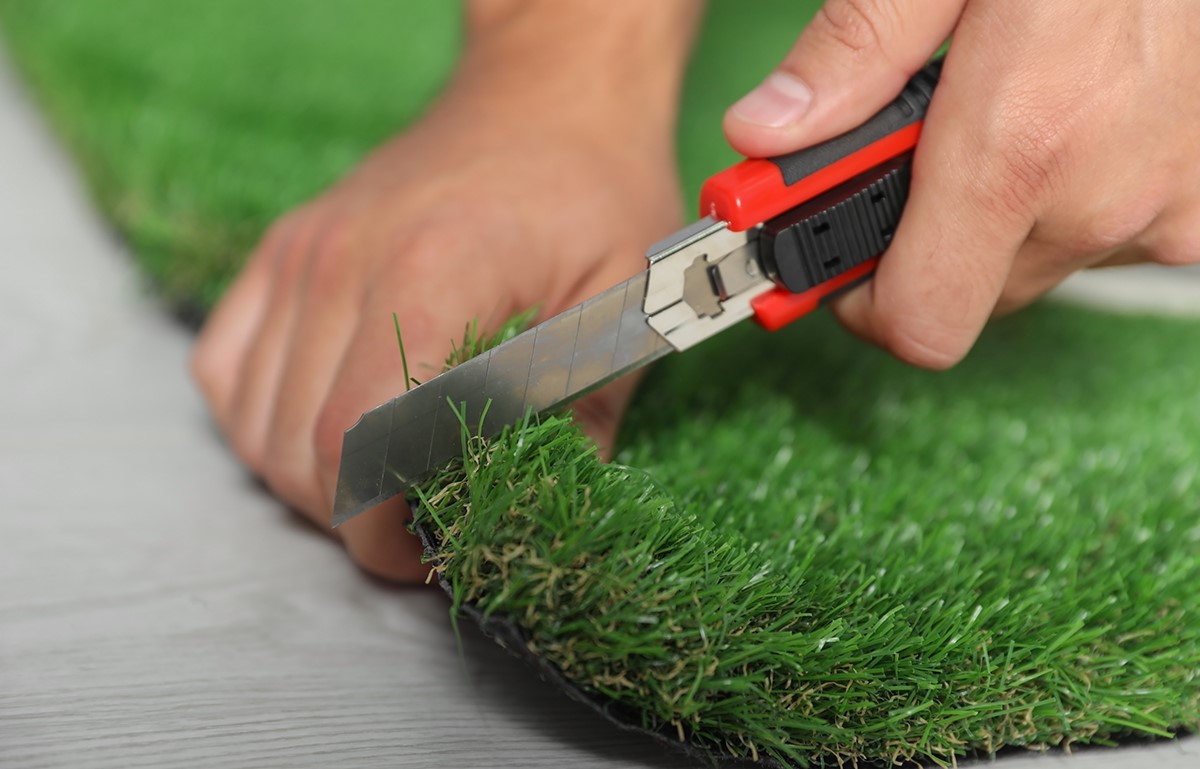
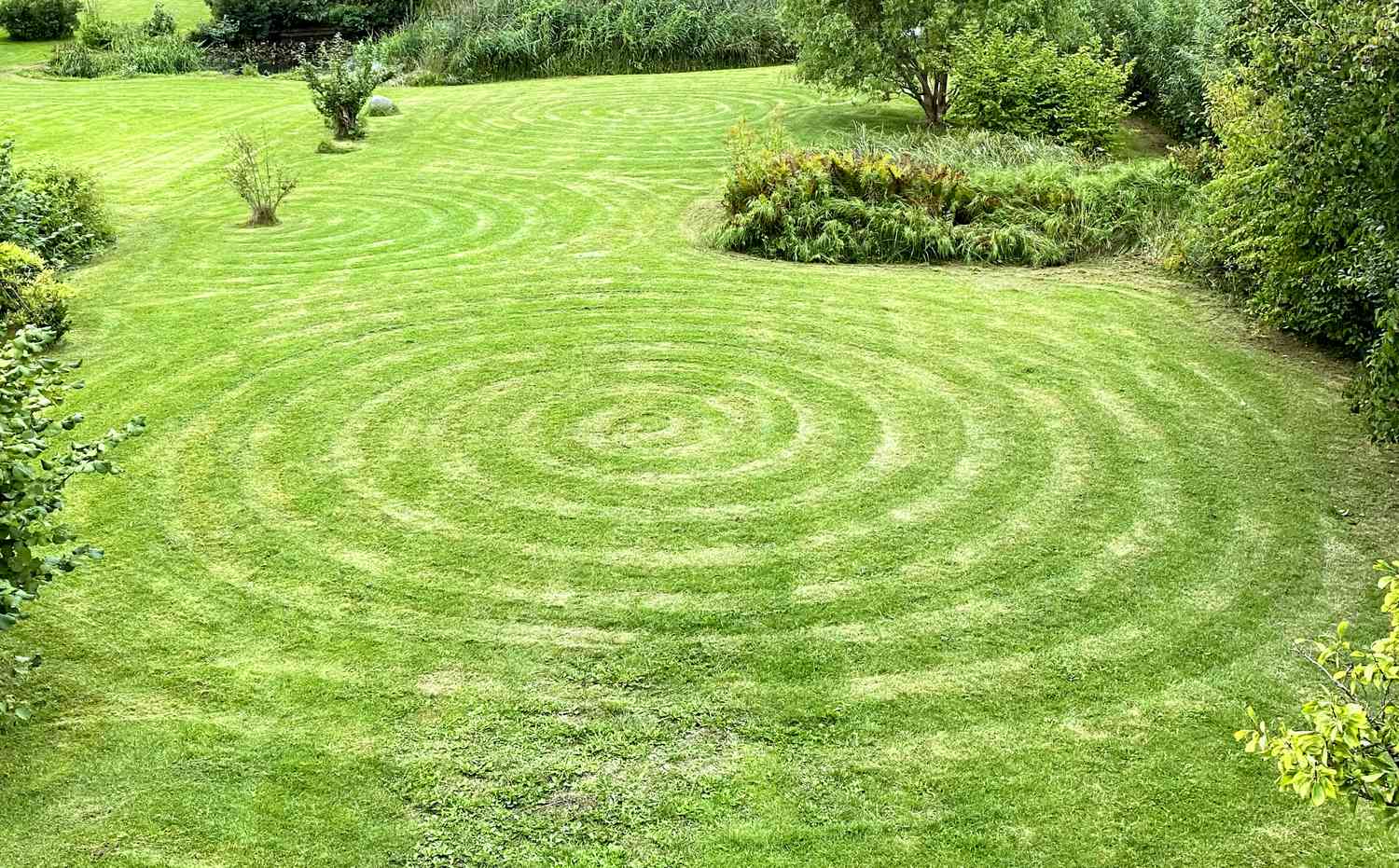

0 thoughts on “How To Cut Grass On A Steep Hill”